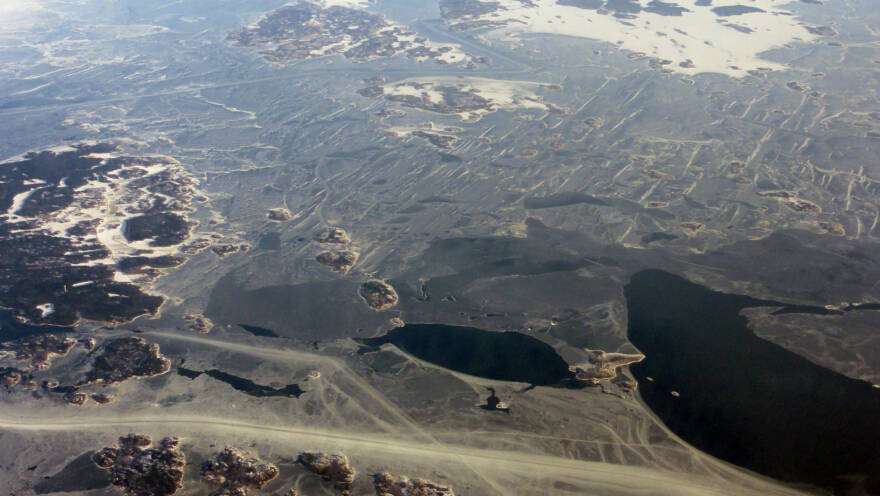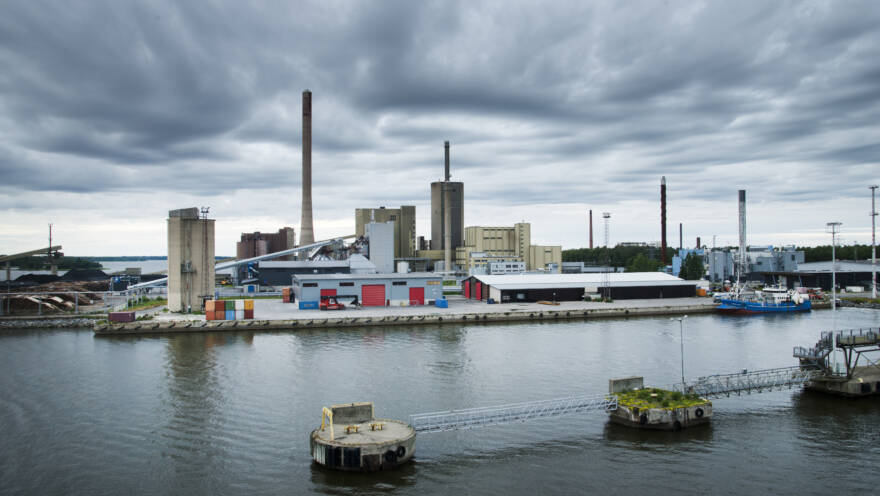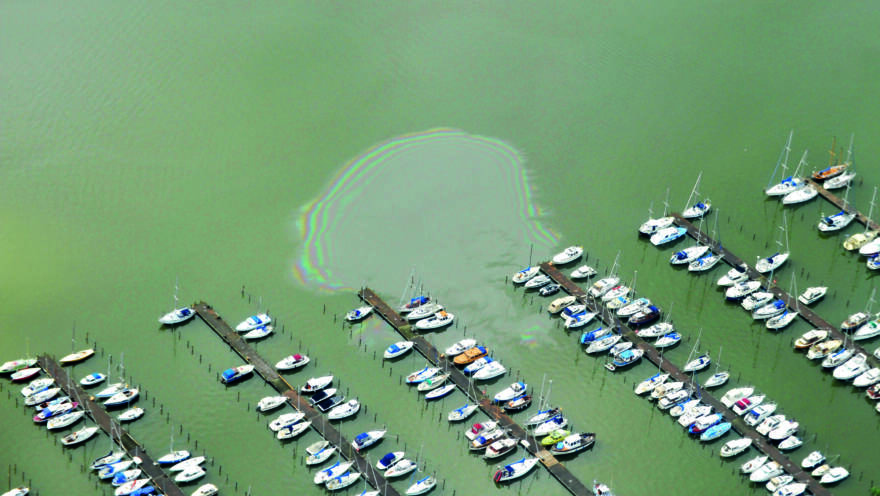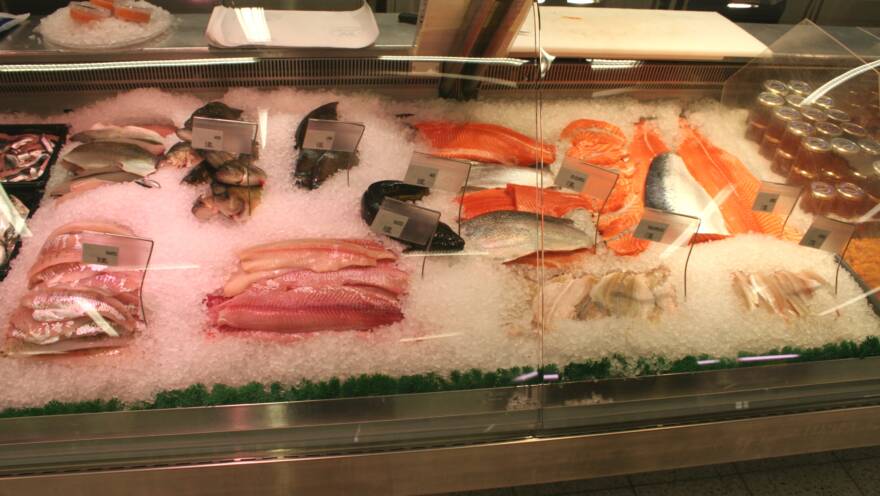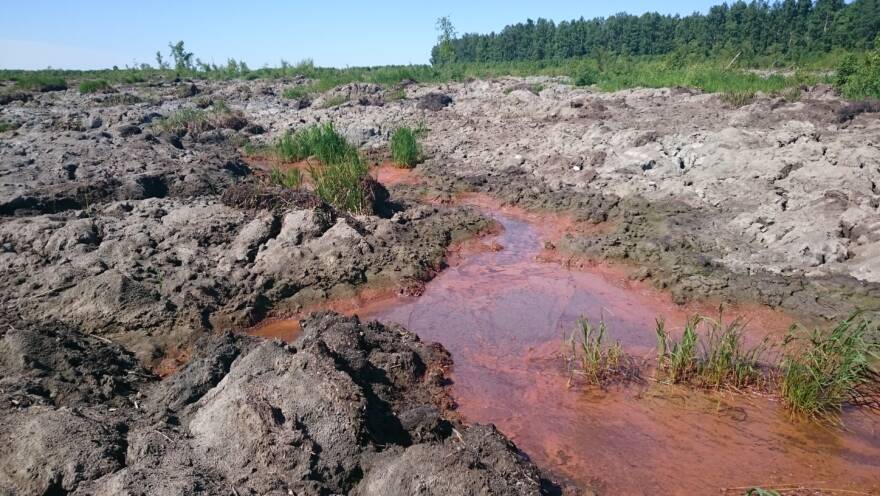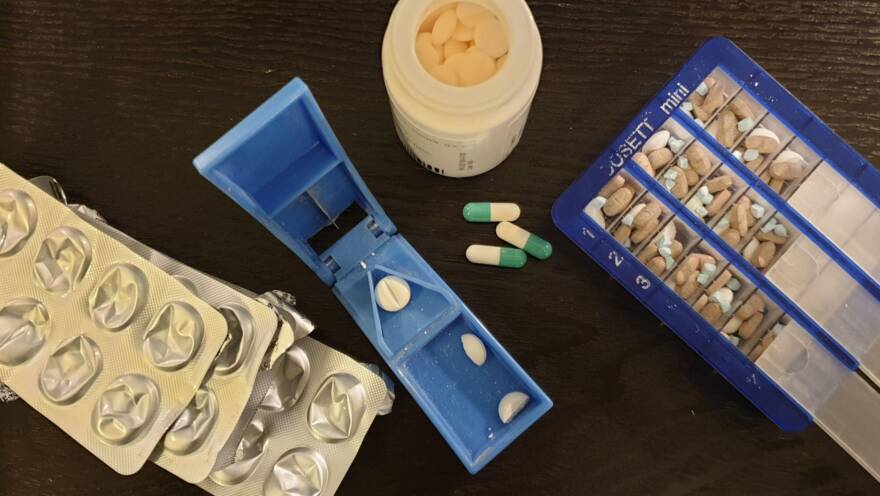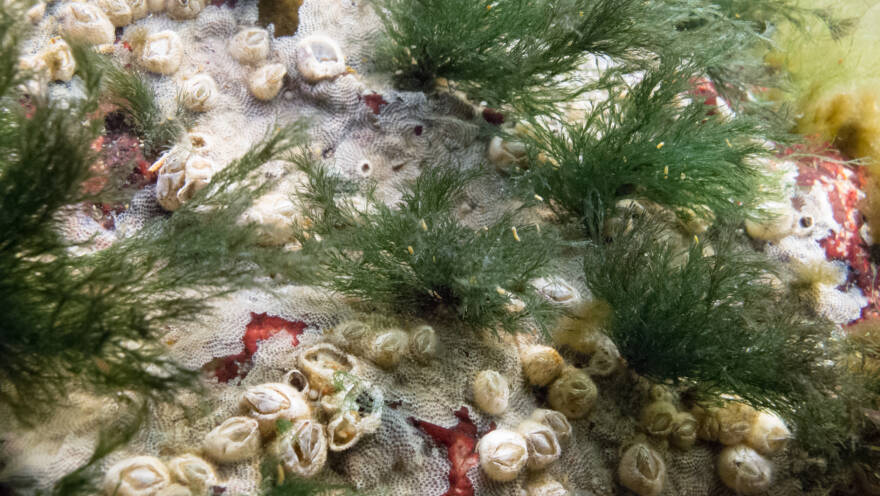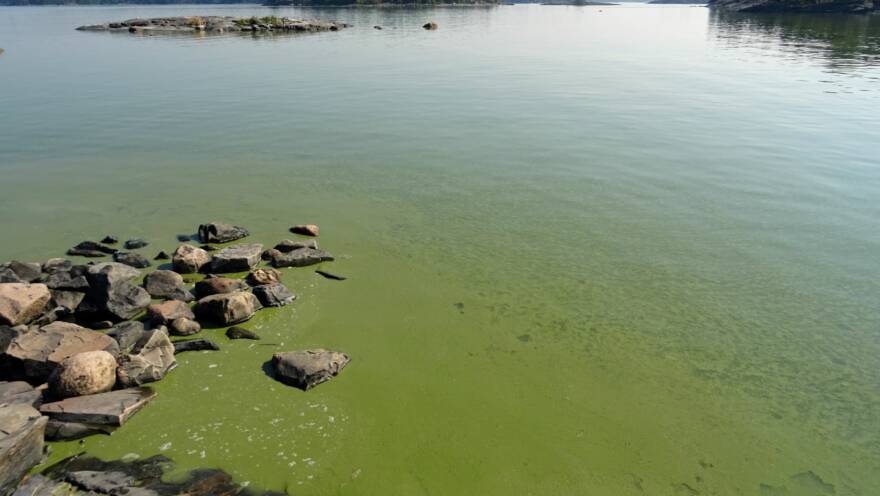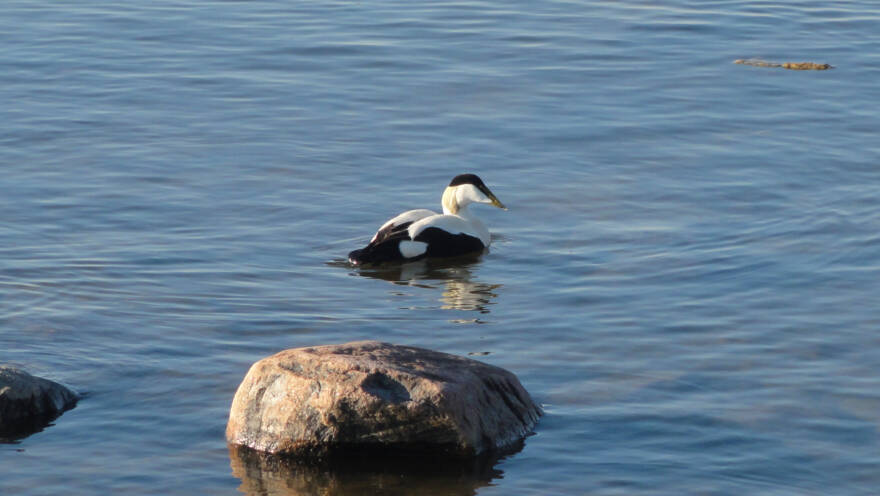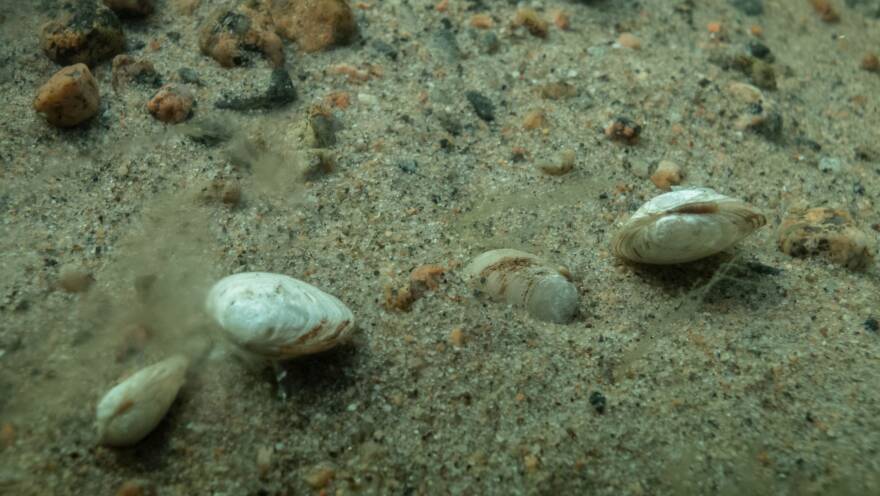
Harmful substances are a burden on Baltic Sea nature
Harmful substances, alongside eutrophication, are another major threat to the well-being of the Baltic Sea. The problem is complicated by the large number of different harmful substances. Although the concentrations of some environmental toxins in the Baltic Sea have been reduced, new concerns are constantly emerging.
Over the years, various harmful substances have been introduced into the Baltic Sea. The highest levels of environmental toxins ended up in the sea between the 1960s and 1980s. It was also during this time that scientists became aware of the environmental problems these toxins can cause.
The concentrations of certain environmental toxins, such as DDT and PCB compounds, have subsequently been reduced in the Baltic Sea and its biota after the use of these substances was banned. At the same time, however, it has been acknowledged that the range of such harmful compounds is very extensive and the effects of all these new substances are not yet known. New causes for concern include, e.g. so-called hormone disruptors and drugs.
Toxins accumulate at the top of the food web
Toxic substances are found everywhere in nature in the Baltic Sea, including the Finnish coast. The Baltic Sea is particularly sensitive to harmful substances because of its relative shallowness and low water volume. In the oceans, toxins and chemicals are mixed in a large body of water and their concentrations are rapidly diluted. However, in the Baltic Sea, contaminants appear to be present in high concentrations.
The most damaging toxic substances to the Baltic Sea ecosystem are the ones that slowly decompose, build up in organisms, and accumulate at the top of the food web in fish, seals, and waterbirds. Even the humans that eat fish also receive their share of such toxins. Such substances include, for example, heavy metals, bromine, which are used as flame retardants, dioxins, as well as organic tin compounds used in ship hull primer paints and pipeline slime control.
As a result, the levels of dioxin and mercury in Baltic Sea fish have occasionally exceeded the maximum values for edible fish. However, these high concentrations are beginning to be consigned to history, thanks to the environmental measures which have reduced the levels of these toxins in fish.
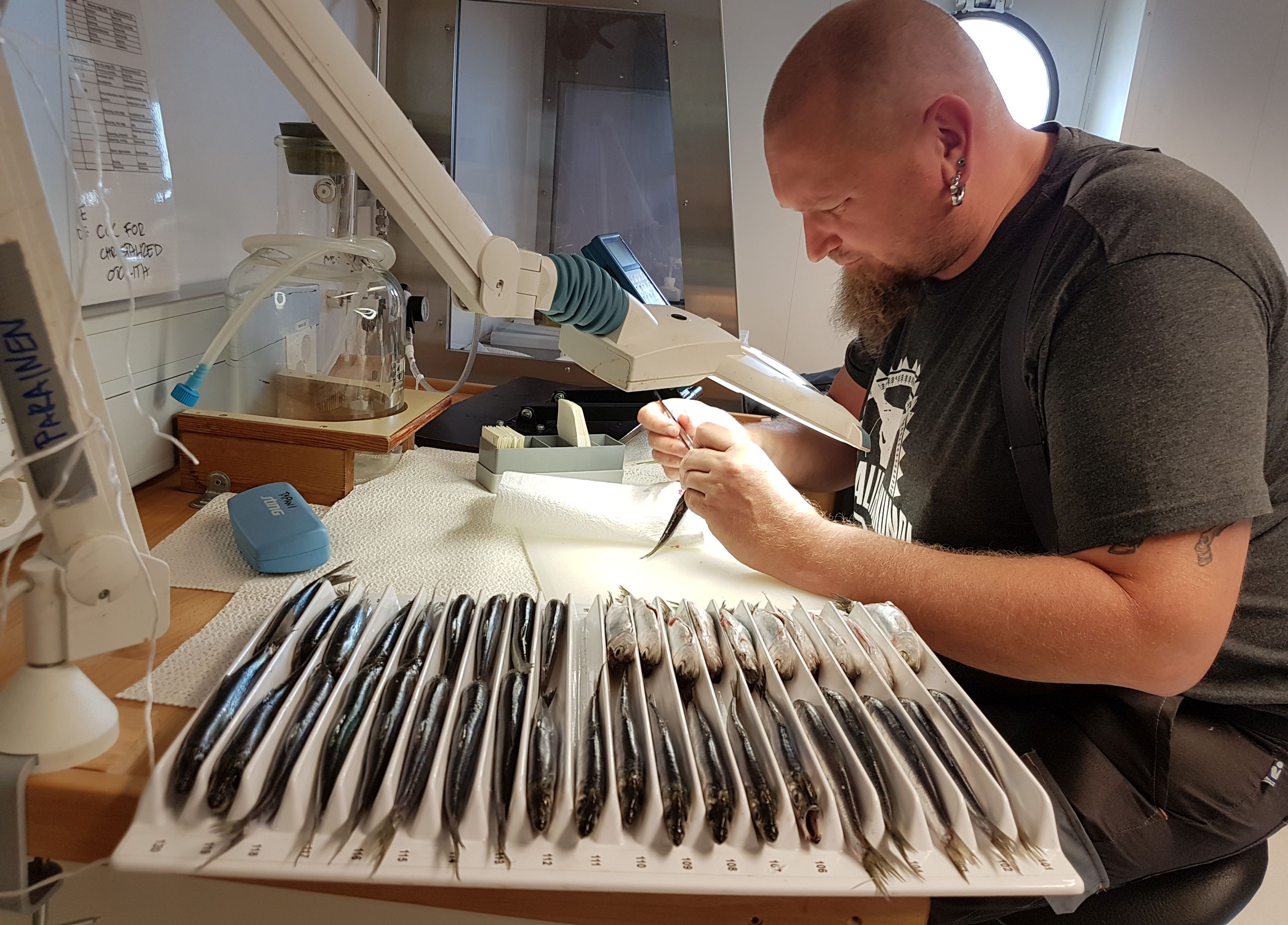
Where do these toxic substances originate?
The Baltic Sea is surrounded by western industrial society. Its large population, intensive agriculture, diverse industry, and other business introduce various harmful substances to the Baltic Sea.
Some of the toxic materials are those used in the making of products. Most of these industrial chemicals can be recovered already during the production process. Instead, the substances bound to the product itself may be released into the environment during the product’s life cycle and finally, when the product is discarded.
Various chemicals are also widely used in households, as well as in agriculture and other industries. These chemicals occur in detergents and cleaning agents, adhesives, solvents, corrosion inhibitors, plant protection products, as well as in paints, lubricants, and dyes. Many furniture, textiles, and electrical appliances are treated with flame retardants.
Environmental toxins are also produced as by-products of industrial processes, as well as from incineration and other practices where combustion is incomplete.
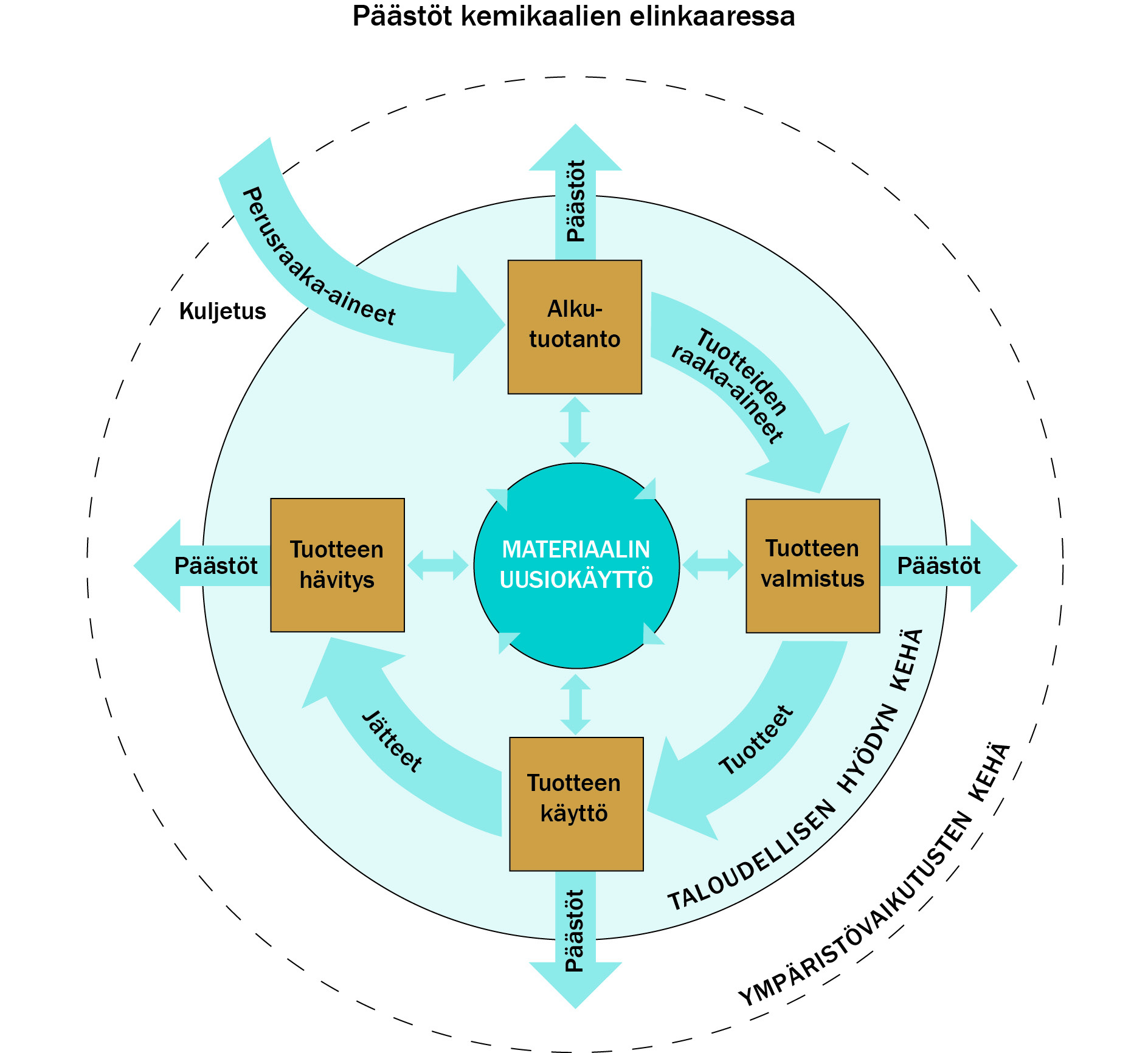
Harmful substances are transported into the sea by many different routes
Some of the harmful substances that enter the Baltic Sea are transported in wastewater, either from industry or urban centres. Whether the wastewater is discharged directly into the sea or some lake or river, the toxic substances contained in these effluents end up in the Baltic Sea sooner or later.
Some of the contaminants come from diffuse sources, i.e. carried in run-off waters discharged from fields, forests, or built-up urban areas. Environmental toxins also end up in the Baltic Sea due to airborne deposition.
The emissions and effects of some heavy metals are best known. These include nickel, cadmium, mercury, and lead. More of these metals are introduced to the Baltic Sea from industry than from urban wastewater.
However, there is insufficient accurate data about most of the toxic chemical compounds in the Baltic Sea, making it impossible to evaluate the development of its environmental burden. The collection of data on many substances, such as medicines, drugs, and cosmetics, has only begun in the 2010s and the investigation of their effects is still in its infancy.
Indicators reveal harmful substances in the sea
Harmful substances are monitored in Finnish marine areas using several indicators. These indicators are used to assess the state of the marine environment compared to the target state set by the EU. Each indicator has a target value that must be achieved for the sea’s condition to be defined as good in that respect. By performing the same measurements year after year, the direction of development can be determined.
Important indicators of harmful substances include the concentrations of these substances in marine organisms, seawater, and bottom sediments. Because the range of harmful substances is broad, there are many substances to monitor, and their number is constantly expanding. The most important of these are heavy metals, flame retardants, and PAH compounds. Additionally, the concentrations of cyanobacterial toxins and the load of harmful substances on the sea are monitored. All these indicators are monitored by marine area.
Read more about the monitoring of harmful substance concentrations on the page Indicators for Harmful Substances.


